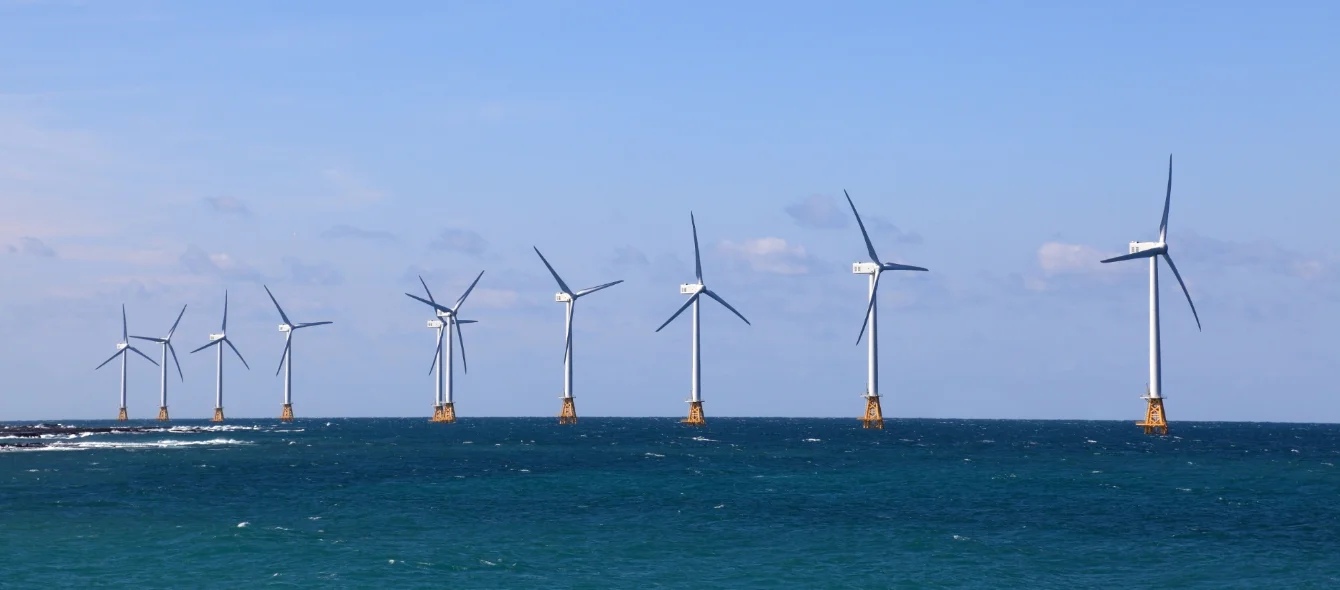In 2020, the wind sector installed 93 gigawatts (GW), or 93,000 megawatts (MW), of new capacity the world over. To make the figures more tangible, more than 28,000 wind turbines were taken online within the space of 12 months (with an assumed average capacity of 3.3 MW per turbine). This makes 2020 by far the most successful year in the history of the wind industry, given that the former record capacity build-out was just under 64 GW in 2015. New installations jumped by over 50 percent year on year.
These figures were compiled by the Global Wind Energy Council in its current Global Wind Report and clearly demonstrate that the wind industry remains on its strong course for growth despite the challenges posed by the COVID-19 pandemic. Thanks to the record expansion, wind turbines with an aggregate capacity of 743 GW are now in operation worldwide, contributing to an annual CO2 reduction of 1.1 billion metric tons, equalling total greenhouse emissions in South America in a full year.
But despite this encouraging development, the Council sees a dire need for improvement. At least 1,800 GW in new wind capacity will have to be installed every year in order to limit global warming to significantly below 2 degrees Celsius compared to the pre-industrial era. This means that build-out has to be doubled. To hit the net zero target by 2050, installed capacity has to advance by as much as 280 GW per annum, triple the present level.
Besides a glance at the future, the Global Wind Report also includes an extensive set of onshore and offshore wind numbers from the past year. en:former has put together a brief summary of the main developments on the market in 2020 in this blog post.
New installations in 2020
The 93 GW in added capacity clearly eclipses the figures recorded in recent years. This all-time high was possible due to the massive expansion of wind energy both on land and at sea. Build-out totalled 86.9 GW in the onshore segment – the highest number ever achieved. The offshore business accounted for 6.1 GW, making 2020 the segment’s second-most successful year in history.
Historic development of wind power installations
Source: GWECWind power posted substantial growth nearly around the entire globe in 2020, with Africa and the Middle East being the only exception. The by far highest number of wind turbines was installed in Asia (60 percent market share), followed by North America (18 percent), which leapfrogged Europe (16 percent). In the country rankings, the People’s Republic of China was ahead of the USA, Brazil, the Netherlands and Germany, in that order.
New wind power capacity in 2020 by region
Source: GWECOnshore wind
The main driver of the record build-out in 2020 was growth on the world’s two biggest markets: China and the USA. Onshore wind turbines with a total capacity of 48.9 were built in the People’s Republic – an impressive feat bearing in mind that Germany, for example, the world’s third-largest market, built 55 GW in total onshore capacity over a period of 20 years.
New installations onshore in 2020
Source: GWECLast year, the US wind sector registered 17 GW of new installations – the highest level ever achieved in this branch of industry. This puts total capacity in the United States of America at over 120 GW.
Offshore wind
China also leads the way in the expansion of wind energy at sea. In 2020, the country commissioned offshore wind turbines with an aggregate capacity of some 3 GW. New installations off the Chinese coast have increased steadily since 2016, and have now made the People’s Republic the second-largest offshore market in the world.
New installations offshore in 2020
Source: GWECEurope’s offshore wind industry is also staying its course for growth. Wind farms were commissioned off the coasts of the Netherlands, Belgium, the United Kingdom and Germany. A detailed analysis of offshore wind expansion in Europe can be found here.
As demonstrated by the figures published in the Global Wind Report, 2020 was a success for the sector in myriad ways. However, the new records must quickly be broken and the build-out of wind energy must be accelerated significantly in order to hit international climate targets.
Photo credit: © shutterstock.com, Johnathan21
